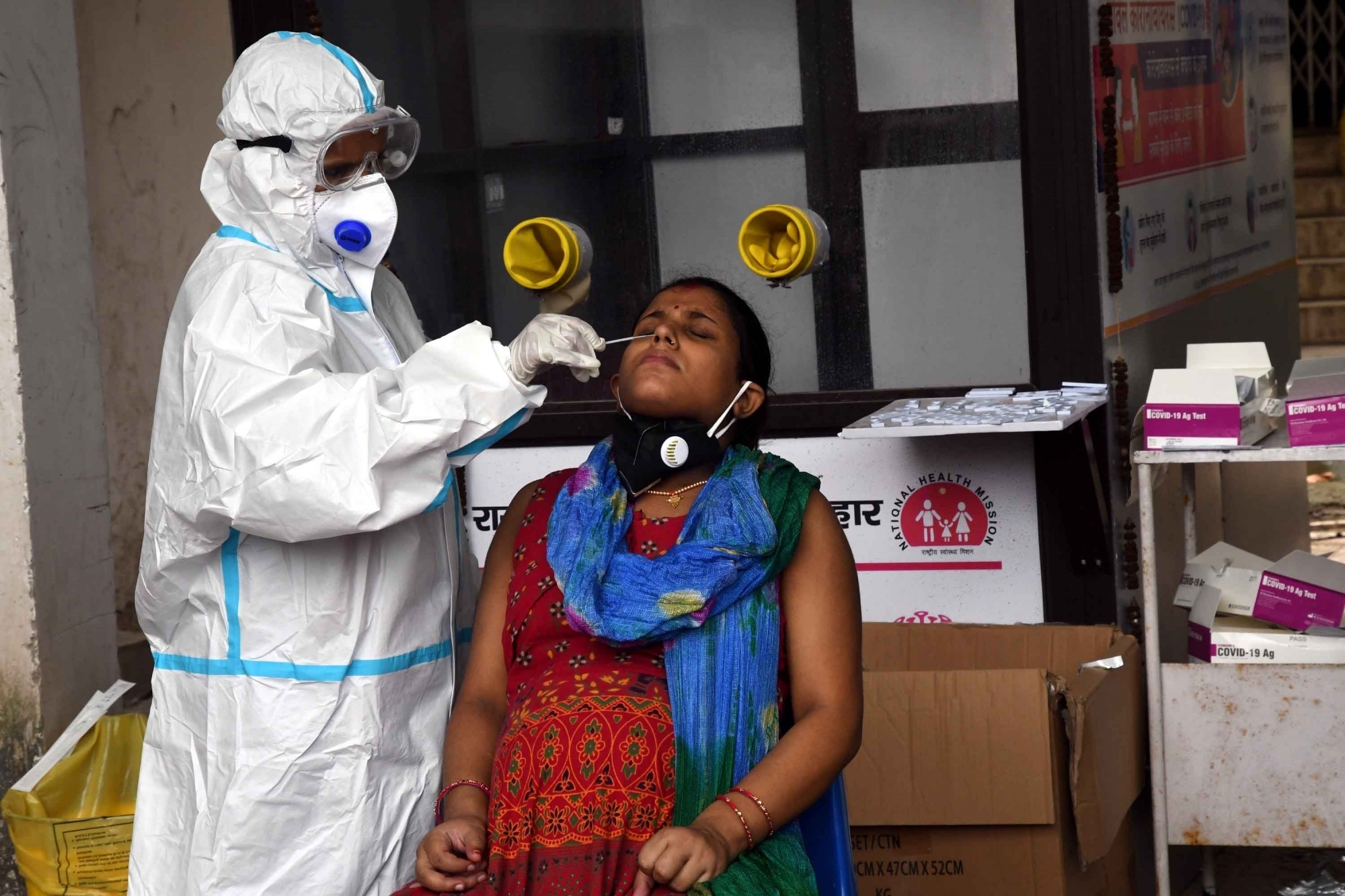‘Growth in deep negative territory is due to the long nationwide lockdown’.
The Indian economy slowed considerably during the third and fourth quarters of FY20 and clocked just 3.1% in the period January-March 2020, lowest in 11 years. And the pandemic induced lockdowns only made matters worse as growth nosedived and is now in deep negative territory of -23.9%. But this is an outcome of a political decision—the decision to impose a long nationwide lockdown; and not due to a fundamental shift in economics. Since the “unlocking” began, recovery in terms of second-hand car sales and higher core sector data has started. This was expected, given that the political decision to impose the lockdown had been lifted. The next few months will see some pent-up demand coming to the fore and driving some recovery.
India—unlike China—is a demand-led, consumption-driven economy and unless policymakers ensure revival of the same a full-fledged recovery is unlikely. And most certainly will not be V-shaped as envisaged by the government’s economic advisors. In fact, it will be a U-shaped one, indicating slow pace of revival. Consumption in India will not recover till the time a vaccine is developed. People will not eat out in restaurants or go on vacations or go out for movies till the time they are vaccinated against coronavirus.
Presently, there are multiple efforts to find a vaccine and reports indicate the earliest time line is December, though the United States’ infectious diseases institute CDC indicated yesterday that a vaccine may be possible by November. Skeptics have said it may be just timed to the presidential election. Post the discovery of a vaccine, Indian policymakers have a herculean task to ensure inoculation of 1.3 billion people. Achieving this in a year’s time will be a record of sorts! However, we must make efforts to shorten this time period further. It is integral for the health of the Indian economy. The government should set up a committee with health experts and state government representatives to identify a roadmap on speedy and efficient vaccination. The government machinery—both at the Centre and in states—is stretched and it is important to plug the loopholes in the apparatus for such an enormous exercise before launching into it. Unlike the coronavirus response mechanism, where it has been all hands-on-the-deck approach, inoculation will be done by healthcare workers and aanganwadi workers.
While some may argue that this is putting the cart before the horse since we are still 3-4 months away from this scenario, the fact is unless Indians are administered a dose of the vaccine, they will not get back to shopping or travelling or dining or even going to offices. All these are important for India to return to positive growth. These are also the sectors worst affected by the lockdown and have seen the sharpest drop in growth figures.
This author feels the earliest most Indians will be vaccinated will be by October 2021 and only after that demand will increase full throttle.
Beginning of 2022 will witness India returning to its pre-Covid levels of 5% growth. Of course, this is not enough and even before the pandemic hit the world, experts, including the author, had red-flagged the slowing economy and its ramifications. Since then, calls for easing the fiscal space have been made on multiple occasions and till now have been ignored.
The government needs to work on two fronts—prepare for speedy and effective vaccination and pump-prime large-scale infra projects which will have a ripple effect on job creation and other allied sectors.
Gaurie Dwivedi is a senior journalist covering economy, policy and politics.

